Blog Archive
Showing page 2/5 (45 results)
Bearded Dragon Health Issues
Apr 16, 2021
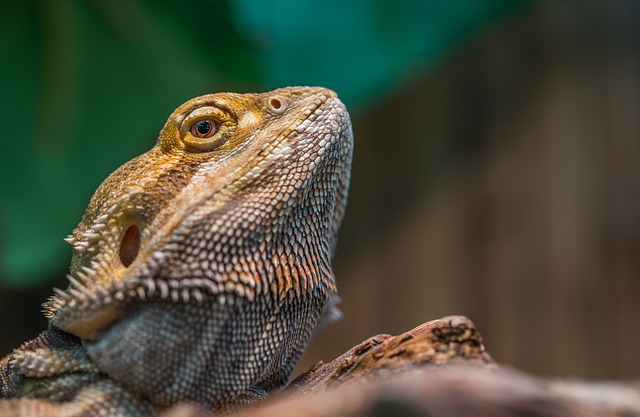
Before making the leap into owning a bearded dragon, it's important to have a full understanding of the possible health issues your new friend could have so that you can be better prepared to care for them. Bearded dragons tend to hide their symptoms when they're feeling sick. This is because in the wild, a noticeably sick bearded dragon is more likely to be picked off by predators than a healthy one. This article will guide you through common bearded dragon health problems, what signs to look for, and what causes them. If you have an emergency, you should call a reptile veterinarian.
Read MoreBest Substrate for Corn Snakes
Apr 16, 2021
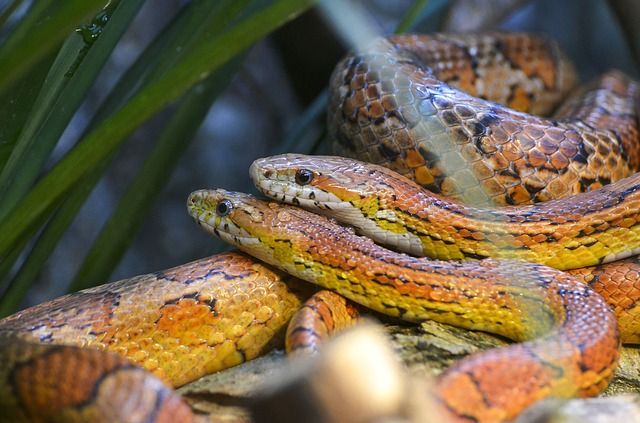
Substrate is what makes up the flooring of your corn snake’s enclosure. Which substrate you choose matters because not all substrates are created equal. Some substrates are designed with dry, desert dwelling reptiles in mind, some are best for humid, tropical reptiles, and some shouldn’t be used for any reptiles despite them being advertised towards them! The good news is, compared to most reptiles, corn snakes aren’t too picky when it comes down to what substrate you give them, so you have a wide variety of options. That being said, let's jump into it!
Read MoreBall Python Health Issues
Apr 15, 2021

Ball pythons are one of the most popular snake species to own due to their calm nature and beautiful morphs (colors and patterns). Whether you are planning on purchasing one, or already own one, it is important to have a full understanding of the common health issues that ball pythons have so you can be better prepared to care for yours. Ball pythons have evolved to become excellent at hiding when they’re sick. This is because in the wild, a sick snake is an easier target than a healthy snake, and is more likely to be picked off by predators. This article will guide you through common ball python health problems, what signs to look for, and what causes them. If you have an emergency, you should call a reptile veterinarian.
Read MoreUltimate Bearded Dragon Care Sheet
Feb 18, 2021

Bearded dragons make excellent pets, and are perfect for both a first time reptile owner, or an experienced hobbyist! Native to the dry bushlands of Australia, these medium sized lizards typically grow to be between 15 - 24 inches long. Bearded dragons generally live to be between 5 and 10 years old. These lizards have outgoing personalities, and are diurnal, meaning that unlike most reptiles, they are active during the day. There are quite a few bearded dragon morphs (colors and patterns) to choose from as well, so you don’t have to settle if you want something more exotic looking.
Read MoreThe Complete Leopard Gecko Care Sheet
Feb 18, 2021
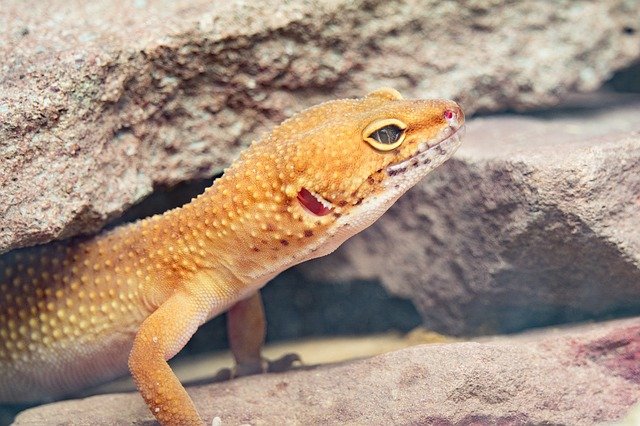
Leopard geckos are docile lizards that are full of personality, and make excellent beginner reptiles. In the wild, leopard geckos are found in the semi-desert and arid grasslands of Afghanistan, India, Pakistan, and Nepal. Wild leopard geckos are oftentimes tan with black spots — allowing them to blend into their natural surroundings. Captive bred leopard geckos come in a wide variety of colors and patterns (called morphs), so be sure to thoroughly check out all of your options before settling on one! These geckos typically grow to be between 7-10 inches long (females are typically on the smaller end of this spectrum, and males are on the larger end). In captivity leopard geckos tend to live 15-20 years.
Read MoreSnake Shedding Problems
Feb 4, 2021
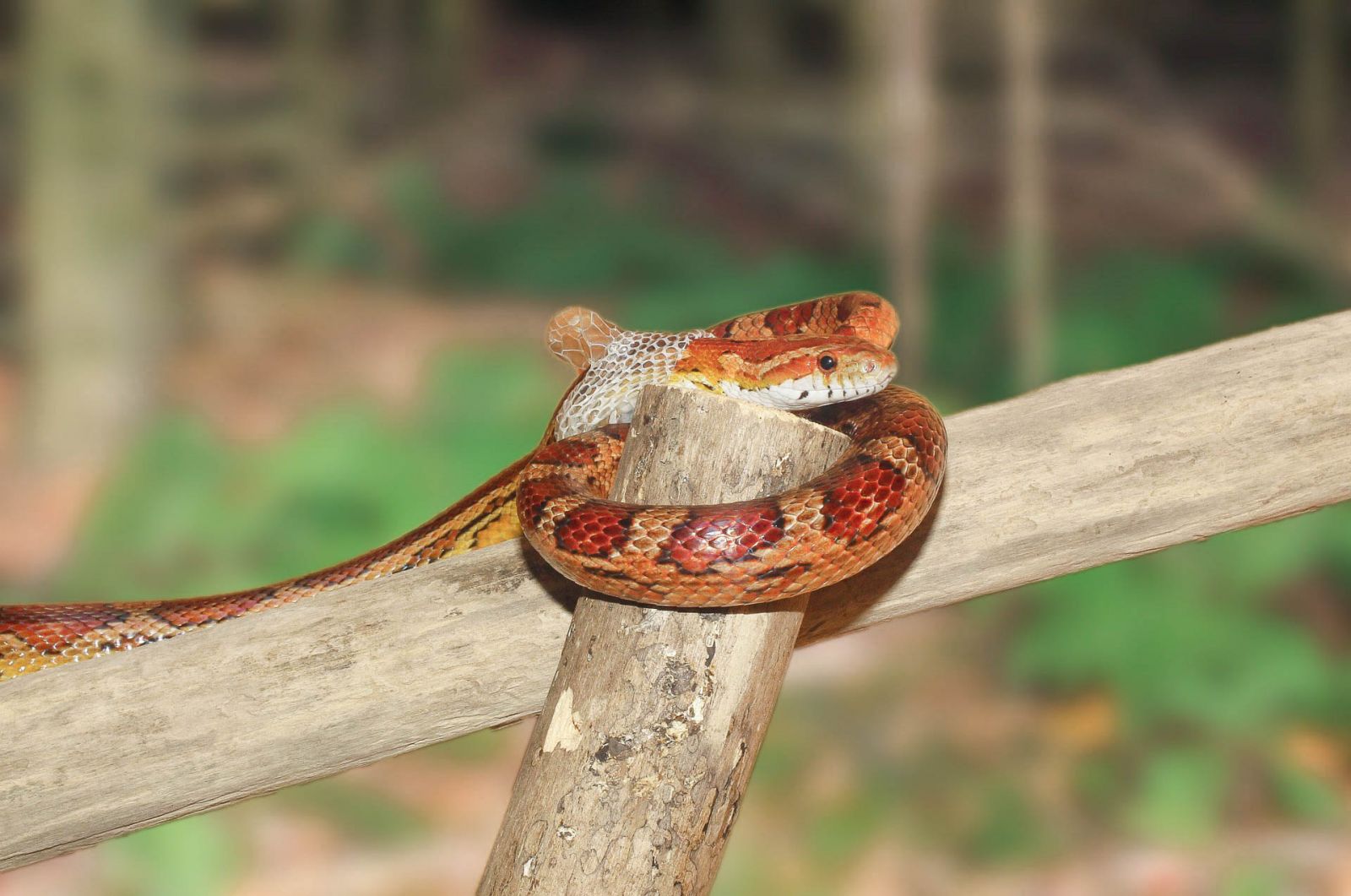
Snakes shed their skin regularly as they grow. How often a snake sheds its skin is determined by their age, and the type of snake. A healthy snake will generally shed its skin in one complete piece from nose tip to tail tip. The entire shedding process will take between 7-14 days. If your snake is not shedding in one piece it is often a sign of improper husbandry (wrong temperatures or too low of humidity). But don’t worry, there are quite a few simple fixes to get your snake shedding in one piece!
Read MoreSpider Ball Python Morph Problems
Feb 4, 2021
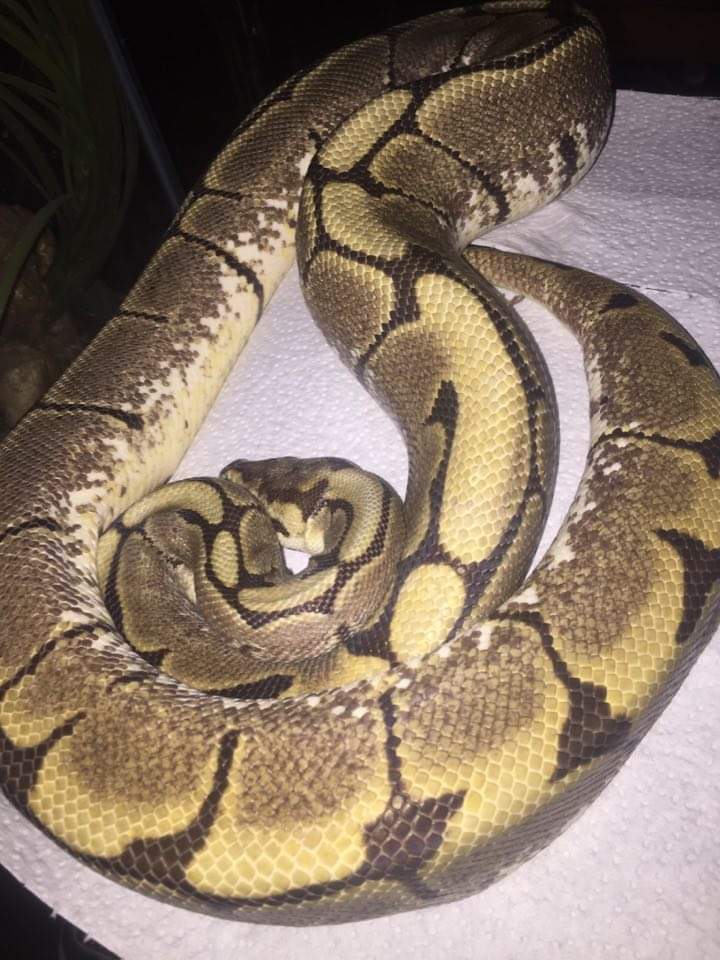
If you have looked at or kept ball pythons for any length of time, you have likely come across the spider morph. The spider morph is one of the more beautiful and simplistic morphs in the ball python world. The spider morph essentially reduces the color of the snake, and adds a delicate web-like pattern along their back, hence the name “spider”. It's one of those morphs that looks stunning regardless of what you mix and match it with. So what's the big fuss about spider ball pythons? Well genetically, spider ball pythons have A LOT of issues. I’m not just talking about them having simple cosmetic flaws either, they can have very extreme issues that affect their well being.
Read MoreBest Feeder Insects For Reptiles
Jan 22, 2021
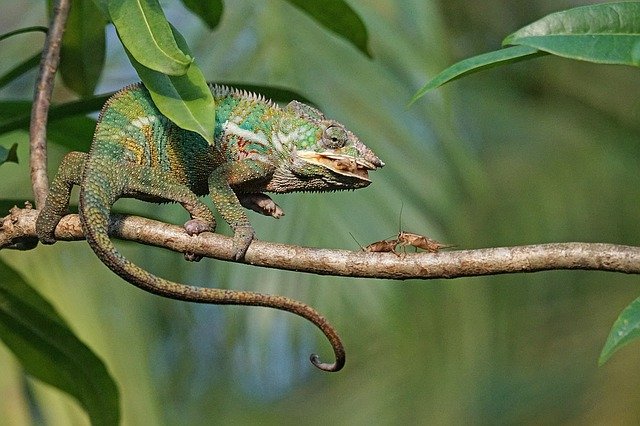
Unfortunately many commercial pet stores provide new reptile owners with false information on how to care for their new pet. Issues such as nutrition deficiency and metabolic bone disease can be common amongst uneducated and misguided keepers who fail to provide their reptiles with a balanced diet of staple feeder insects. A staple feeder insect is an insect that provides your reptile with sufficient nutritional value without creating health problems. It is important that the insects you are primarily feeding your reptile have a 2:1 calcium to phosphorus ratio (or as close to 2:1 as possible). All staple feeder insects will provide your reptile with nutritional value, a balanced ratio of calcium to phosphorus, and will be readily available.
Read MoreBest Substrate For Ball Pythons
Jan 22, 2021
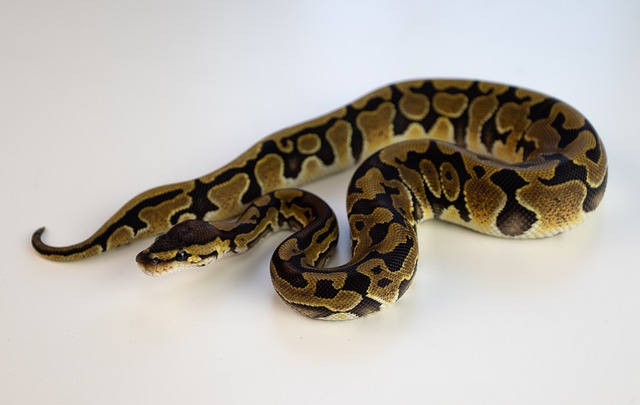
Substrate is what is used to make up the flooring of your ball python’s enclosure, similar to how we use carpet or tile in our homes. You may be wondering why the type of substrate you put in your ball python’s enclosure matters, after all, the type of flooring we have in our homes usually doesn’t affect our well being. The type of substrate matters because ball pythons are delicate creatures that rely on their surroundings to provide them with warmth and humidity.
Read MoreComplete Guide To Increasing Humidity In Ball Python Tanks
Dec 31, 2020
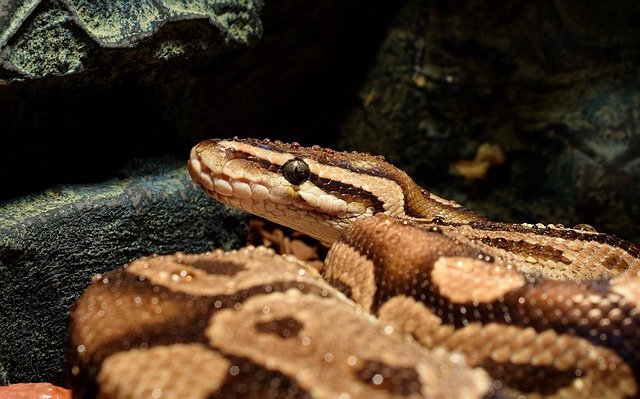
If you’re struggling to keep humidity up in your snake’s tank, you’re not alone. Ball pythons require humidity levels ranging between 50-70%, which is much higher than the average humidity that most homes hold naturally. Due to this, ball pythons can often have humidity problems, and you will need to make an effort to raise their humidity above the humidity levels of your home. You can usually tell if your humidity is in the right place or not by your snakes shed. If the shed is coming off in one or two pieces with none stuck on your snake, your humidity is probably where it should be.
Read More


